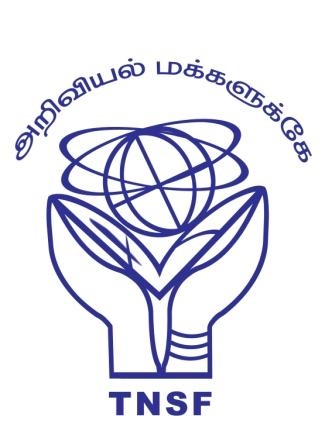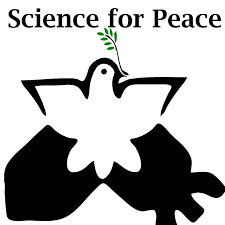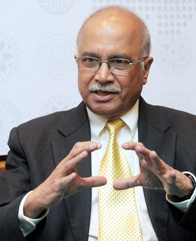About Program

This is part of its efforts to popularize science to the general public and students who are pursuing science as their career. TNSF attempt to focus on students on higher science as everyone knows that learning of science at college within the curriculum is not enough to acquire holistic knowledge of science at the appropriate time. Hence, to fill the gap between what students are acquiring through the curriculum and what it is required, TNSF is planning its activities on higher science to students who are pursuing higher education

"I do not consider myself the father of the release of atomic energy. My part in it was quite indirect. I did not, in fact, foresee that it would be released in my time. I believed only that it was theoretically possible. It became practical through the accidental discovery of chain reaction, and this was not something I could have predicted." - Einstein
The call for complete nuclear disarmament is as old as the nuclear era itself. India was among first nations to argue for global disarmament. Many illustrious intellectuals, like Bertrand Russell, Albert Einstein and Leo Szilard actively worked for this cause. But as the Cold War warmed up, these weapons seemed to be here to stay. By the mid-seventies, the world had over 60,000 nuclear bombs, mostly in the US and USSR, enough to destroy the whole world many times over.
The US and USSR (later Russia) did reduce their nuclear arsenals in stages, through a sequence of Treaties, but still leaving a stock of thousands of bombs each,. Meanwhile, in addition to the UK, France and China, more nations began producing nuclear weapons including Israel, India, Pakistan and lately, N Korea, increasing the probability of a nuclear catastrophe.

However, hopes for a world without nuclear weapons enjoyed a revival some 10 years ago, led by US President, Mr.Barack Obama. He made universal disarmament a major policy issue and followed it up very energetically. Other world leaders welcomed his initiatives, including President Medvedev of Russia.
But despite all this, harsh realities and pragmatism began asserting themselves again and the prospects of total disarmament are receding. The vision of a world without nuclear weapons is back to being a distant dream.
In this talk we will start with a brief discussion of the effects of a nuclear explosion, to give a realistic idea of the damage a typical small 20kT weapons can cause, We will then trace the above story of arms reduction efforts from the beginning to the present, for a general audience.

